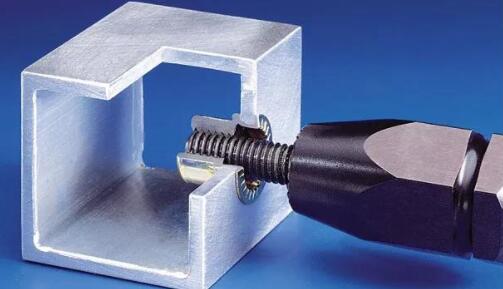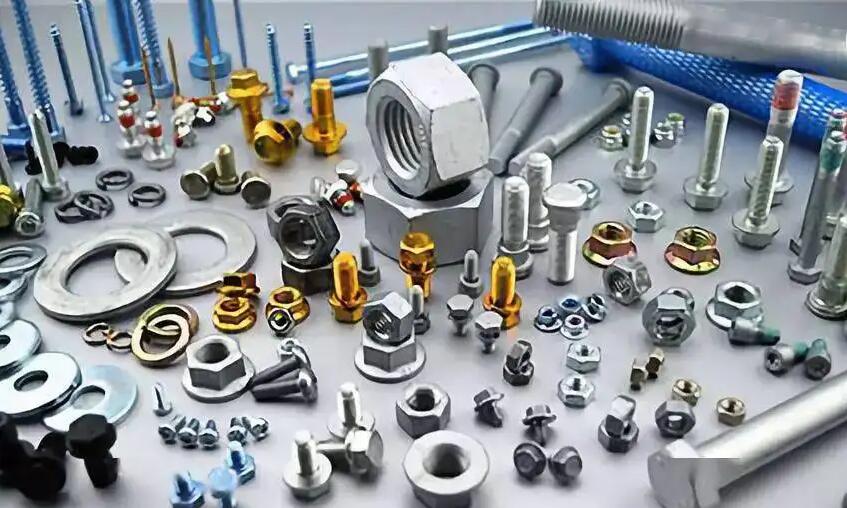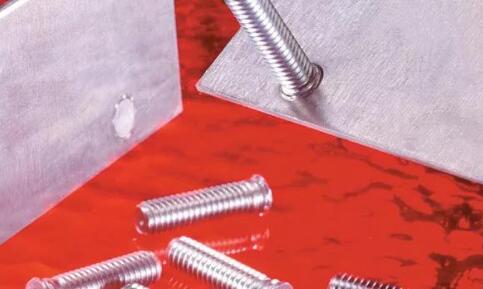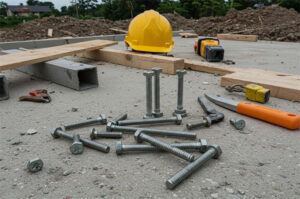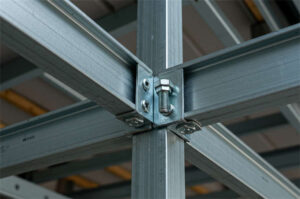Prince Fastener:How to Remove and Reinstall Threaded Fasteners
Threaded fasteners are widely used on motorcycles, and it is inevitable to disassemble and assemble in daily maintenance and repair. During the disassembly and assembly process, it is difficult to disassemble and assemble due to unreasonable use of tools, incorrect disassembly, assembly methods, or corrosion of threaded fasteners, which brings a lot of inconvenience to maintenance. I have summed up some experience in disassembling and assembling threaded fasteners through practice, introduced as follows.
In motorcycle maintenance, the wrenches used to disassemble and install threaded fasteners include an adjustable wrench, dumb wrench, plum wrench, socket wrench, etc. Commonly used screwdrivers are flat screwdrivers, cross screwdrivers, and so on.
When removing hexagon head bolts or hexagon nuts, the best tools should be socket wrenches and Torx wrenches, followed by dumb wrenches. Try not to use or use an adjustable wrench as little as possible.
When removing the screw, the blade of the screwdriver should be in complete agreement with the groove of the screw. Otherwise, the screw thread or the screwdriver will be damaged. Loosen each fastener until there is no preload, and then unscrew it at one time.
If the thread tightening still has a specific pre-tightening force, it can be hit with a hand hammer before disassembly.
This can reduce its preload and facilitate disassembly. But be careful not to use too much force when hitting not to deform the threaded fasteners. If you have a vibrating screwdriver at hand, it is better to disassemble it (the vibration screwdriver can be used with a sleeve, a crosshead, and a suffix head). When using the vibration bit, the hammer must be accurate and robust.
Before removing rusted fasteners, soak them in kerosene or gasoline for some time. During the soaking process, tap lightly with a hammer, which is conducive to the penetration of kerosene or gasoline into the rusted wire, reduces the disassembly torque of the threaded fastener, and is easier to disassemble.
When removing the hexagon head bolt, if there is a slippery edge, you can take the following method: repair the file with a file as shown and then remove it with a dumb wrench.
Use a hacksaw to cut a groove on it, being careful not to go too deep. Then disassemble with a vibrating bit (e.g.).
Remove with a small socket. If the original 19mm sleeve is used, the 18mm sleeve is now used, and then tap it with a hand hammer to make it firmly fit on the bolt or nut, and then it can be unscrewed.
But this may damage the sleeve.
If the bolts are thick, removing the chisel can also be adopted in an emergency, as shown. At this time, the force should not be too large, and attention should be paid to the chisel’s angle.
If the above methods can not solve the problem, the electric welding method can be adopted under the premise of safety, as shown in. It should be noted that after welding, it cannot be disassembled immediately, and it must wait for a while until the temperature of the welded bolts drops a little before unloading. The reason for this is that the bolts and components are not the same material, so the expansion coefficients are inconsistent. After cooling, the mutual stress can be reduced, and the mechanical strength of the welding joint can be improved. This method is also suitable for the disassembly of the screw.
Disassembly of broken bolts and screws. There are two situations in which bolts and screws are broken, as shown in. If such a situation occurs, the method ⑤ can be used to disassemble it. If it happens, it will be more troublesome to repair. The commonly used method is the surfacing method. The specific method first uses a suitable diameter electrode and corresponding current. Start welding where you left off. Solder for a while and then weld again; be patient. It is welded to about 5mm above the workpiece surface, and the shape is a cylinder. Then put a suitable nut on the welded body and weld it firmly. After cooling for some time, gently tap and unscrew the broken screw. When using this method/be careful not to damage the workpiece by welding, so the electric welding technology must be good. In addition, this method is only suitable for breaking bolts that are shallow on the working surface.
Drilling method. When encountering a bolt that is broken deep in the workpiece surface, only the hollow method is adopted; an electric hand drill is used to drill a hole in the center of the broken wire thread. When drilling, use a drill with a small diameter first, and then gradually change the diameter Larger drill bit slowly reaming. When approaching the broken wire thread, drive a square pyramid with a suitable diameter, and rotate the square pyramid to take out the broken wire. When using this method to take the broken wire, if the hole is misaligned during drilling, the internal thread of the component is damaged, and the hole must be drilled and tapped again. Of course, this will increase a lot of trouble. So, be careful.
When installing, first put the screws on the bolts and nuts by hand and then use tools to tighten them several times. In addition to the cross-assembly method, attention should also be paid to the torque of different threaded fasteners during the tightening process. The tightening torque of generally threaded fasteners can be judged by feeling the degree of tightening; critical threaded fasteners can be checked by the torque method. Therefore, professional maintenance personnel must-have tools for measuring the tightening torque, and they should also master the correct use method and related torque parameters.
It is important to remember that damaged threaded fasteners cannot be reused. Otherwise, it will affect the safety of the motorcycle and bring trouble to the next disassembly.
Self-tapping screws are used in many places on scooters, and if there are too many disassembly times, the buckle will be slipped or lost. In this case, cut a piece of iron or aluminum alloy, punch a hole with a diameter slightly smaller than the diameter of the screw, and tighten the self-tapping screw.
